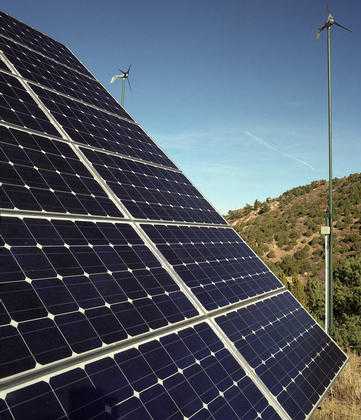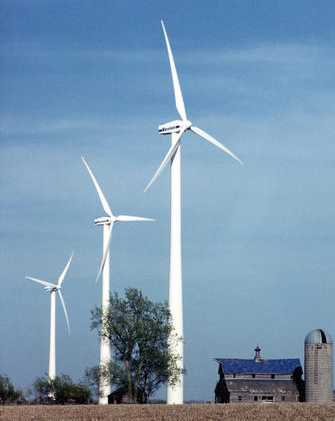on Markets, Policy, Investment, and Future Pathways
by Eric Martinot


|
Renewable Energy Information on Markets, Policy, Investment, and Future Pathways by Eric Martinot |
 |
 |
Energy heating intensities for the residential buildings in the solar village are 37 kWh/m2/year, below other low-energy construction in Austria (44 kWh/m2/year) and well below the average in Austria (65 kWh/m2/yr). Similarly, heating intensities for the school buildings are 30 kWh/m2/yr, much less than the 125 kWh/m2/yr average for other schools in Linz.
The Linz Solar City Project is an integrated solar village for 1300 households on the outskirts of Linz. Construction will be completed by 2005 and will include other infrastructure, including shops, schools, and a 7-km tram rail line to the city center. The solar village is made of 2-4 storey buildings with south-facing facades, energy-efficient construction, passive solar heating, and solar electricity. The village includes a network of pedestrian and cycle paths, open space, and underground parking to keep cars separate from living areas. The village design has won several awards and was a joint effort between the city and 12 separate building constractors. There were specific quality agreements made between the city and the development companies to ensure quality construction. All together, the construction cost is 200 million euros (125 million euros for the residential construction and 75 million euros for the other infrastructure).
Page updated December 10, 2004
Photo credits C. Babcock, W. Gretz and
DOE/NREL Photo Information Exchange